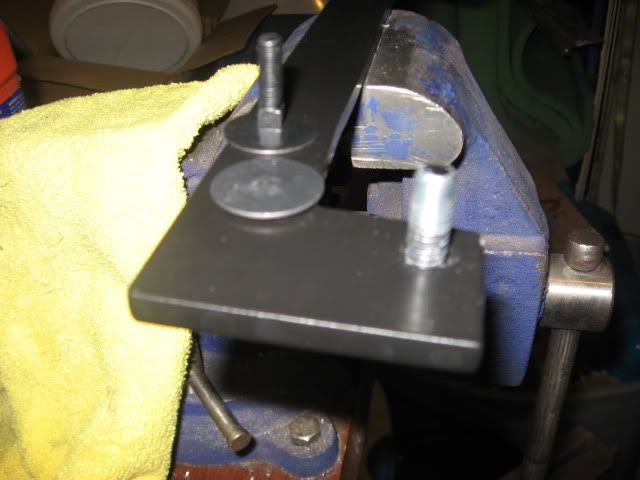67 289, 4v, shorty headders, T5, AC, PS, Flow Kooler water pump, car will be daily driver.
Checked the original shop manual. Lists the following:
Low Temp - opens 155-162 full open 184-186
High Temp - opens 188-195 full open 210-210
Is Low Temp for folks in the hot climates and High Temp for the great white north?
I'm in Nor Cal thinking and thinking going 180 degree stat and using a Robert Shaw stat.
Still deciding on what to use for a radiator. I have a couple of original 21" wide 2 rows and a 21" wide 4 row. If I used on of those I will get them rodded out, cleaned etc. Would like to use a 24" wide since the opening is that big. Was there a 24" for a small block in 67?
Thinking of staying with a brass radiator, one place you read brass cools better, another place aluminum is better??????? I like the idea that a brass unit can be repaired and cleaned down the road.
Thoughts and experiences.
Checked the original shop manual. Lists the following:
Low Temp - opens 155-162 full open 184-186
High Temp - opens 188-195 full open 210-210
Is Low Temp for folks in the hot climates and High Temp for the great white north?
I'm in Nor Cal thinking and thinking going 180 degree stat and using a Robert Shaw stat.
Still deciding on what to use for a radiator. I have a couple of original 21" wide 2 rows and a 21" wide 4 row. If I used on of those I will get them rodded out, cleaned etc. Would like to use a 24" wide since the opening is that big. Was there a 24" for a small block in 67?
Thinking of staying with a brass radiator, one place you read brass cools better, another place aluminum is better??????? I like the idea that a brass unit can be repaired and cleaned down the road.
Thoughts and experiences.






